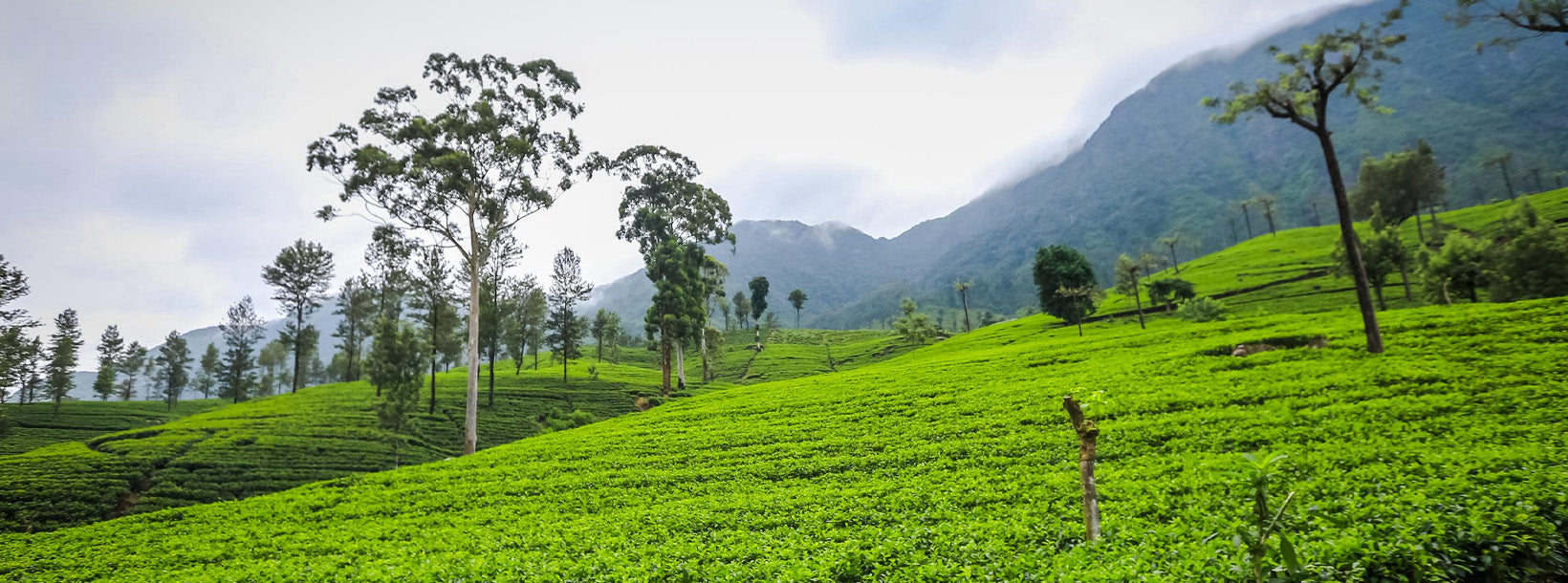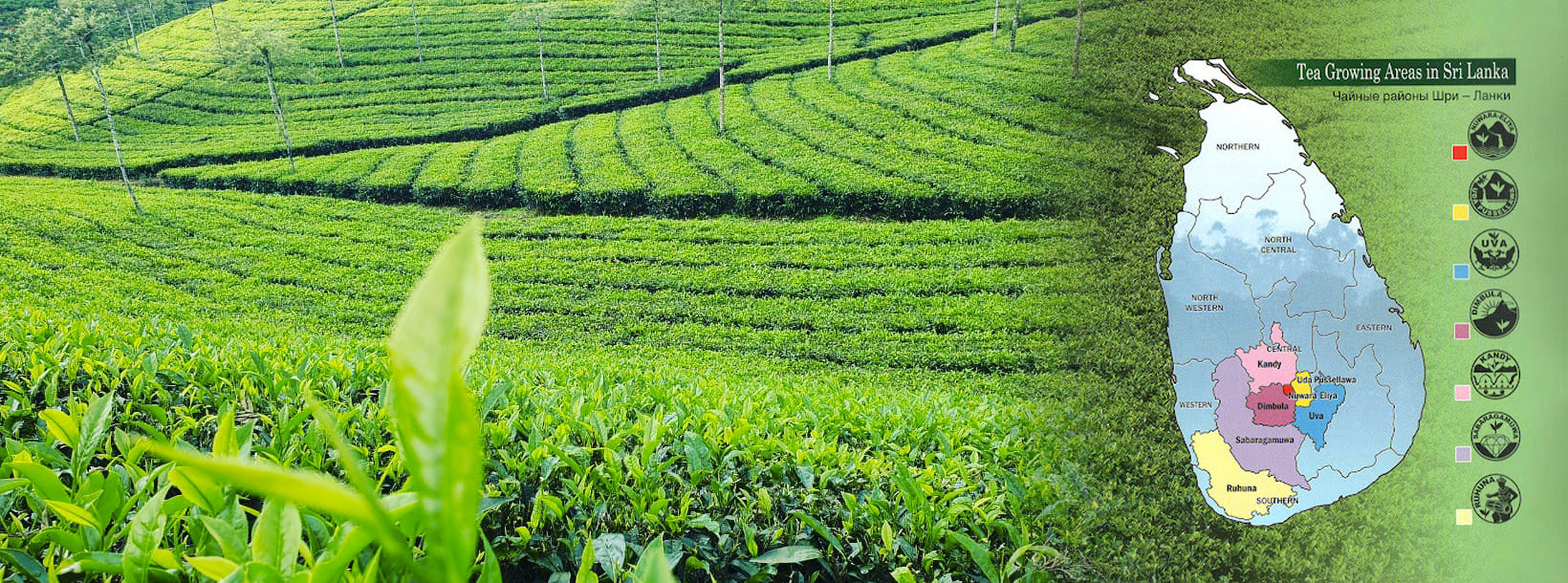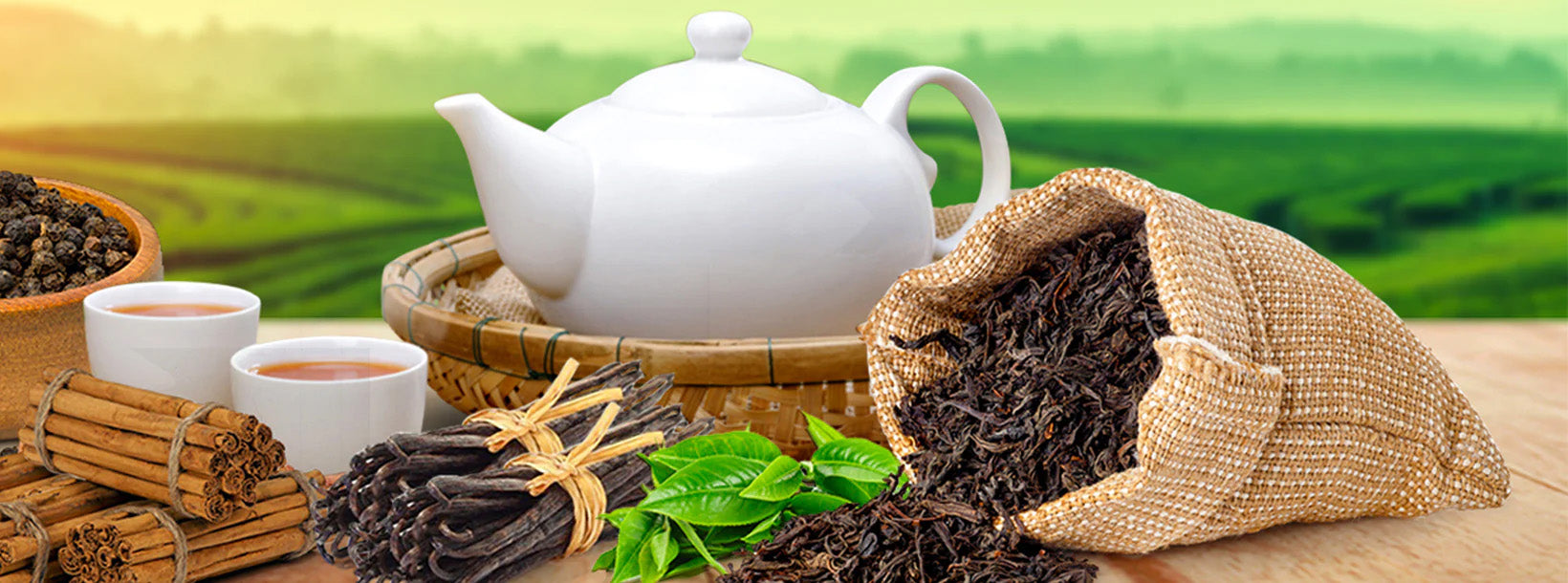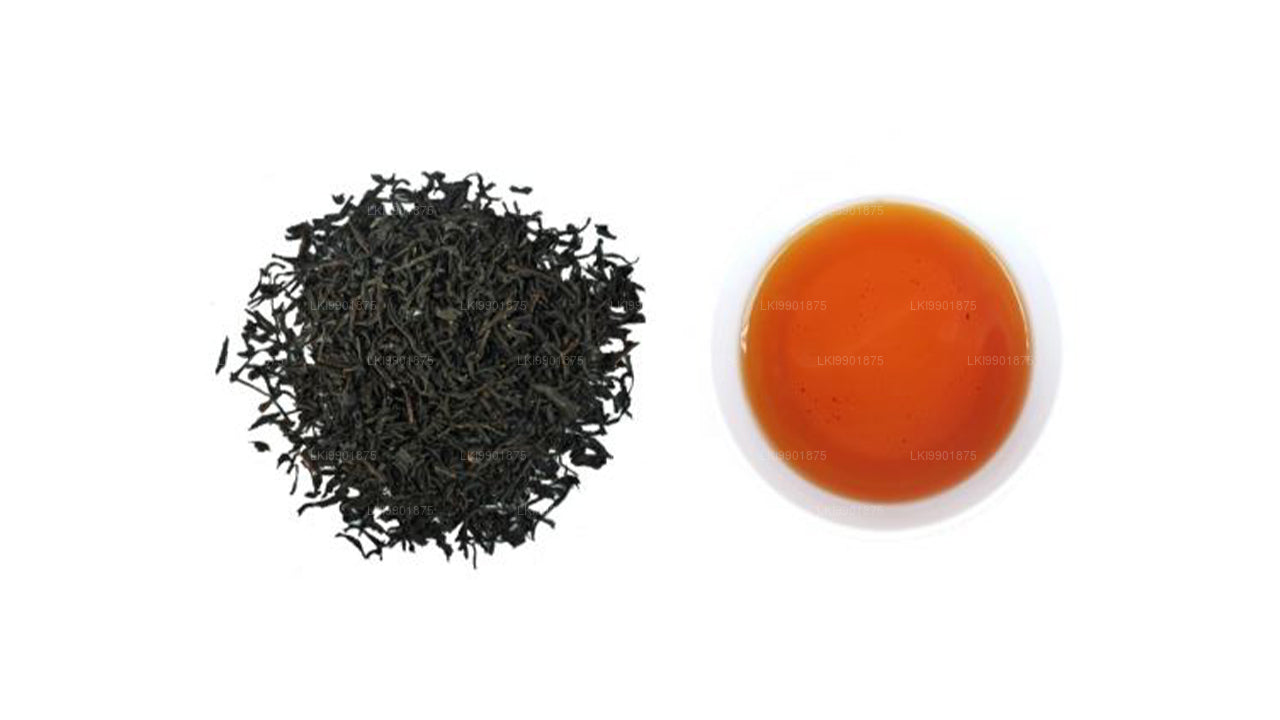
차 농장
스리랑카의 차 농장은 주로 중부 고원 지대에 위치해 있으며, 세계 최고 수준의 차를 생산하는 것으로 유명합니다. 캔디, 누와라 엘리야, 해튼과 같은 지역의 무성한 차 농장은 아름다운 풍경과 풍부한 역사를 자랑합니다. 이 농장들은 고품질 실론차를 전 세계로 수출하며 스리랑카 경제에 크게 기여하고 있습니다.

실론 티 지역
실론 홍차 등급. 당신의 잔에 담긴 차에는 이야기가 담겨 있습니다. 굽이치는 언덕, 풍부한 햇살, 그리고 싱그러운 자연이 어우러진 스리랑카의 풍부한 자연을 이야기합니다. 스리랑카에서는 중부와 남부 지방에서 대부분의 차를 생산합니다. 다양한 고도와 미기후는 실론차의 독특한 풍미, 색, 향, 그리고 계절에 영향을 미칩니다.

Loolecondera Estate
The Loolecondera estate was the first tea plantation estate in Sri Lanka (Ceylon) started in 1867 by Scotsman James Taylor, it is situated in Kandy, Sri Lanka. Loolecondera is the way Britishers spelled the native name Lool kandura. in Sinhala. Loolkandura means the Stream full of Loola fish. (Channa striata)
Founder: James Taylor
James Taylor (29 March 1835 – 2 May 1892) was a Scottish tea planter who introduced tea to British Ceylon. He arrived to British Ceylon in 1852 and settled down in Loolecondera estate in Delthota. Here he worked with Scottish merchant Thomas Lipton to develop the tea industry in British Ceylon. He continued to live in British Ceylon until his death (more than half of his lifetime). The story of tea in British Ceylon began in 1867. A Scotsman, James Taylor had cleared 19 acres (77,000 m2) of forest in the District of Hewaheta Lower to plant the first seedlings in what is now known as the No.7 field of the Loolecondera Estate. Today even people who have never heard of Sri Lanka are familiar with Ceylon tea, which is known for its quality.
In 1872, he started a tea factory with his latest invention of the tea leaves cutting machine. During the period when Taylor lived on the Loolecondera estate, the export of tea increased from 23 pounds to 81 tonnes and in 1890 it reached the level of 22,900 tonnes. He spent most of his life in Loolecondera until his death in 1892. The authorities of Sri Lanka built a museum at Loolecondera in 1992 to commemorate him.
The rapid growth of the Ceylonese tea industry allowed the large tea companies to take over therefore the small farmers like Taylor were chased out from the industry. Because of this, Taylor was dismissed by the Loolecondera estate management. Taylor died in 1892, one year after his dismissal from the Loolecondera estate, from severe gastroenteritis and dysentery. His body was buried in the Mahaiyawa Cemetery in Kandy . His headstone reads, “In pious memory of James Taylor of Loolecondera Estate, Ceylon, the pioneer of the cinchona and tea enterprise in this island, who died 2 May 1892, aged 57 years”. In 1893 one year after his death, one million packets of Ceylon tea of the first shipment to London were sold at the Chicago World’s Fair. The majority of the tea estates (more than 80 percent) were owned by British Companies from the time of James Taylor who began the industry in 1867 until 1971 when the government of Sri Lanka introduced a Land Reform Act which granted the ownership of tea estates to the government (nationalization of the tea industry). John Field, the High Commissioner for the United Kingdom in Sri Lanka made a comment in 1992 for the 100th anniversary of the death of Taylor: “It can be said of very few individuals that their labours have helped to shape the landscape of a country, but the beauty of the hill country as it now appears owes much to the inspiration of James Taylor, the man who introduced tea cultivation to Sri Lanka”.






